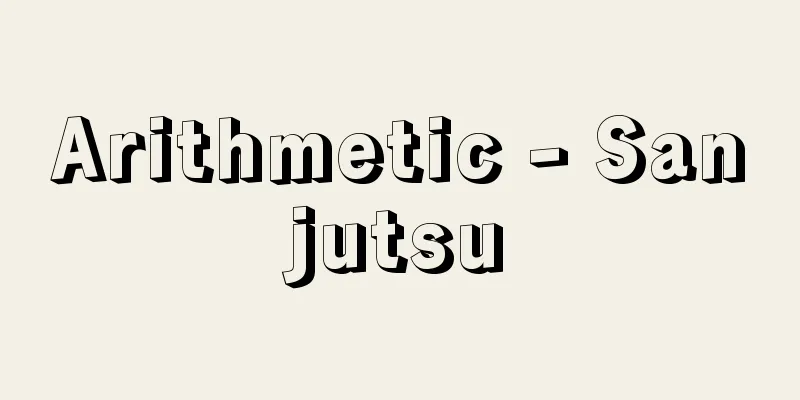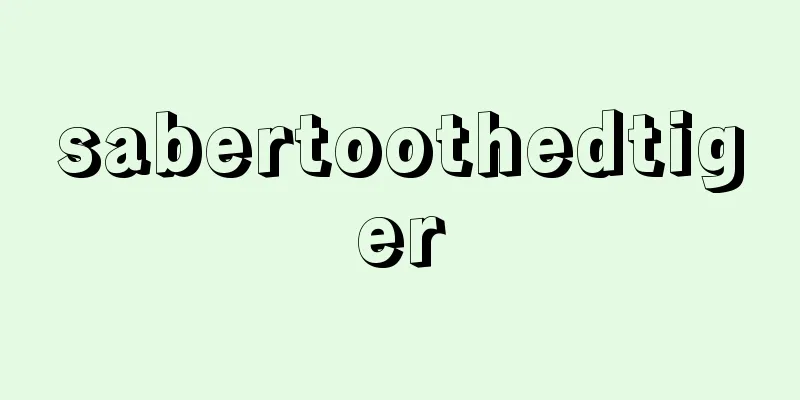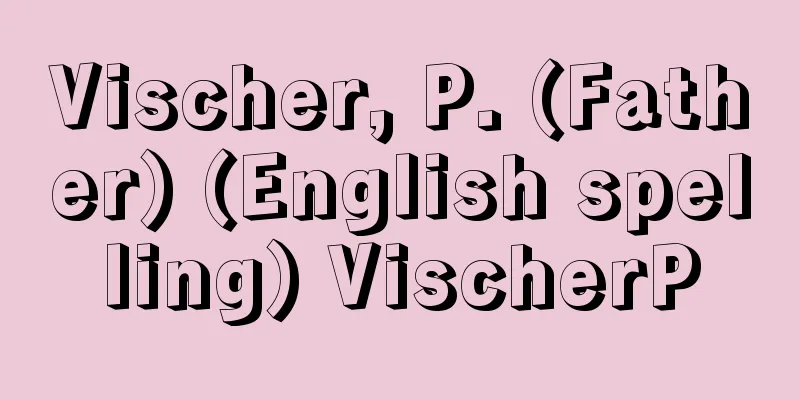Arithmetic - Sanjutsu

|
In ancient China, arithmetic was used as a term to mean mathematics in general, and it was transmitted to Japan as it was, but when Western mathematics was introduced in Japan at the beginning of the Meiji period, this word was adopted as a translation of the English word arithmetic. At that time, the name was used undifferentiated as a field of mathematics that studies the theory of numbers, and as a subject in which numbers are taught at school, and this was carried over to the present. However, today, the field of mathematics is more commonly called number theory or number theory, and as a subject, it has been called arithmetic since the system reform from elementary schools to national schools in 1941 (Showa 16). When the word arithmetic is used today, it is often based on the image of arithmetic in school education from the Meiji to Showa periods. The content of arithmetic in this period consisted of numeration, number notation, the four arithmetic operations of integers, decimals, and fractions, various equalities (handling various units of quantity and numbers with multiple units), ratios and proportions, and various everyday calculations. The aim was to master calculation methods through examples and practice, to apply the four arithmetic operations to daily life, and to refine one's way of thinking. In order to refine one's way of thinking, students were given "application problems of the four arithmetic operations" (word problems) that had no practical meaning in real life but were interesting as riddles. These can be easily solved with a unified method once one has learned algebra, but in arithmetic, they were asked to solve problems without using letters and by changing the perspective appropriately according to the problem situation, and were called something or other calculations depending on the method used. [Shimada Shigeru] [Reference] | |©Shogakukan "> Arithmetic application problems (1) ©Shogakukan "> Arithmetic application problems (2) ©Shogakukan "> Arithmetic problems using the four arithmetic operations (3) ©Shogakukan "> Arithmetic problems using the four arithmetic operations (4) ©Shogakukan "> Arithmetic application problems (5) ©Shogakukan "> Arithmetic application problems (6) ©Shogakukan "> Arithmetic application problems (7) ©Shogakukan "> Arithmetic problems using the four arithmetic operations (8) ©Shogakukan "> Arithmetic application problems (9) ©Shogakukan "> Arithmetic problems using the four arithmetic operations (10) Source: Shogakukan Encyclopedia Nipponica About Encyclopedia Nipponica Information | Legend |
|
算術は、古く中国では、数学全般を意味する語として用いられ、それがそのまま日本にも伝わっていたが、日本では、明治の初め西洋の数学を受け入れる際に、英語のarithmeticに対する訳語として、この語を採用した。この際に、数の理論を研究する数学の分野としての名称と、学校で数を中心とする教育を行う教科としての名称とが、未分化のまま用いられ、そのままあとまで引き継がれていった。しかし今日では、数学の分野としては、整数論ないし数論というほうが一般的であり、教科名としては、1941年(昭和16)の小学校から国民学校への制度改革以来、算数とよぶようになった。 今日算術という語を用いる場合には、明治から昭和にかけての学校教育のなかでの算術のイメージをもとにしている場合が多い。この時期の算術科の内容は、命数法、記数法、整数、小数、分数の四則、諸等数(各種の量の単位と、複数の単位を伴った数値の扱い)、比と比例、日常諸算などからなり、範例と練習とを通じて計算法に習熟すること、日常生活に四則を応用すること、考え方を練ることをそのねらいとしていた。考え方を練るため、実生活上の意味はなくとも、謎(なぞ)としてはおもしろ味のある「四則応用問題」(文章題)が課せられた。これらは、代数を学んでしまえば統一的な方法でやさしく解けるものであるが、算術のなかでは、文字を用いず問題場面に即して、適切な観点変更を行って解くことを求めたもので、その手法に応じ、何々算といった名称でよばれていた。 [島田 茂] [参照項目] | |©Shogakukan"> 算術の四則応用問題(1) ©Shogakukan"> 算術の四則応用問題(2) ©Shogakukan"> 算術の四則応用問題(3) ©Shogakukan"> 算術の四則応用問題(4) ©Shogakukan"> 算術の四則応用問題(5) ©Shogakukan"> 算術の四則応用問題(6) ©Shogakukan"> 算術の四則応用問題(7) ©Shogakukan"> 算術の四則応用問題(8) ©Shogakukan"> 算術の四則応用問題(9) ©Shogakukan"> 算術の四則応用問題(10) 出典 小学館 日本大百科全書(ニッポニカ)日本大百科全書(ニッポニカ)について 情報 | 凡例 |
<<: Three Sacred Treasures - Sanshu no Jingi
>>: Saint-Just (English spelling) Louis Antoine de Saint-Just
Recommend
Filterable virus
…In 1892, D. Ivanovskii demonstrated that the fil...
Donkey (ask) - donkey (English spelling) ass
A mammal of the genus Equus and family Equidae in ...
Nissan Motor Co., Ltd.
It is the second largest automobile manufacturer i...
Michelin, A. (English spelling) MichelinA
… In addition to the aforementioned Baedeker, whi...
Erlitou ruins
The site is located in Erlitou Village, Yanshi Co...
Sea power
1. The naval power of a nation. Also, a country wi...
Eponym system - Eponym system
...But there are also aspects of the preservation...
"Alps Climbing Record"
…He died in Chamonix in 1911. His books include t...
Vergenz
…In the past, it was believed that the Mesozoic s...
Fusae Ichikawa
Politician and social activist. Born in Aichi Pre...
Diary of the Two Butterflies
Joruri Gidayubushi. Sewamono (domestic drama). Ni...
Constituency - Senkyo (English spelling) constituency
A district is a standard area for dividing the to...
"Wally the Doubting Woman" - Utagau Onnawari
...It is well known that, as an editor, he discov...
tacheometry
...This is used for baseline surveys to provide u...
Sun Simiao - Sonshibaku
A physician from the Sui and Tang dynasties of Ch...









